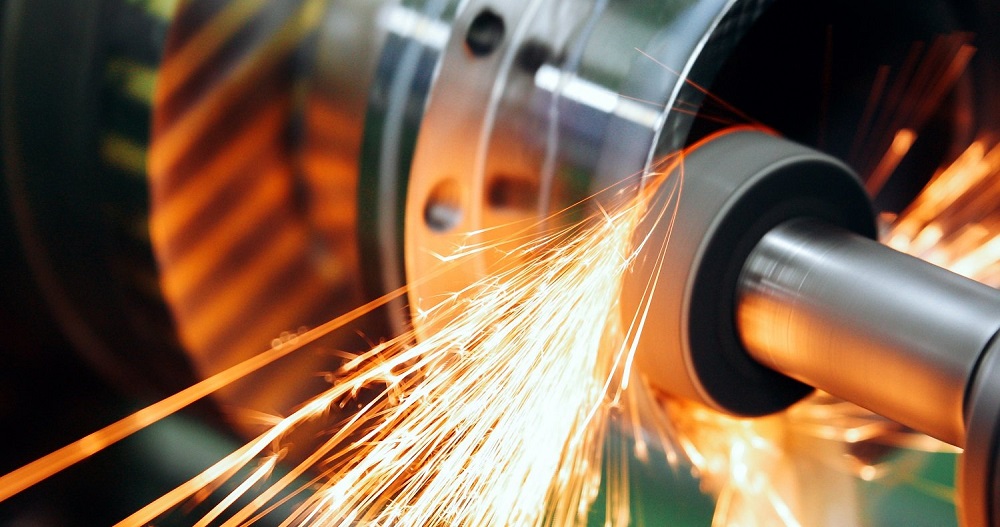Brass is an alloy comprising copper and zinc, and it has been widely utilized in a broad range of industries for decades. One of the reasons for its popularity is its low friction, excellent electrical conductivity, and golden appearance. To obtain these benefits, businesses require to machine brass using CNC machining, which provides accurate and precise parts that would be difficult to obtain using other methods. In this blog, we will discuss all you need to know about CNC machining in Brass.

What is CNC machining?
CNC machining is a computer-controlled process that uses high-speed, precise cutting tools to create detailed prototypes and manufacturing components. The CNC machines read the design drawings and then use precise cutting tools to carve the material according to the specifications. CNC machining produces very accurate parts, and it is widely used in industries like aerospace, automotive, medical devices manufacturing, and many other manufacturing industries.
Why choose CNC machining in Brass?
Brass is a popular choice of material because it is flexible, durable, and readily available. Besides, Brass has a lower melting point, making it easier to machine than other materials, and it can be used in various applications like low-friction, electrical contacts, and decorative parts. CNC machining in Brass produces precise parts with a low surface roughness value that can be easily polished, cleaned, or coated to achieve the desired finish.
Machining Brass – Tips for CNC machining in Brass
Here are some tips and tricks to help you achieve the perfect CNC machining of brass.
1. Tooling selection
When machining brass, it's essential to choose the right tooling based on the kind of operation being performed. Since Brass is a malleable and soft material, it can be easily damaged by hard cutting tools. Hence, it is recommended that you use a sharp, fine-grained carbide tool such as a coated carbide tool, to prevent excessive cutting temperatures and tool wear.
2. Chip management
Chips generated during the machining process can damage the workpiece and cause damage to the tool, and affect the surface quality of the workpiece. It's therefore vital to consider chip management during the machining process. You can use coolants or cutting fluids to flush away the chips and prevent the accumulation of heat around the workpiece.
3. Surface finish
The surface finish of the brass can be improved by polishing or buffing. If the desired finish is achieved during the machining process, there will be no need for secondary operations. When machining brass, it's recommended to use a lower cutting speed to produce a fine surface finish. It is essential to choose the correct welding wire and to observe strict welding parameters when joining brass parts.
4. Machining parameters
When machining brass, it is essential to consider the right cutting parameters such as spindle speed, feed rate, and depth of cut. These parameters will determine the result of the machining process. Increasing the spindle speed can result in a higher machining vibration, which can lead to poor surface finishing. A lower spindle speed, combined with higher feed rates and depth of cut, will produce a better surface finish.
Conclusion
CNC machining in brass is an excellent choice for achieving precise and accurate parts. The attributes of brass such as its low friction, excellent electrical conductivity, and golden appearance make it ideal for various applications in different industries. When machining brass, it's essential to follow the tips and tricks listed above to obtain perfect parts. By choosing the right tools and considering essential parameters, you can achieve the desired part with minimal defects. If you need CNC machining services for your brass parts, 3D Hubs is the perfect partner for you. We offer high-quality CNC machining services that are reliable, efficient, and cost-effective.